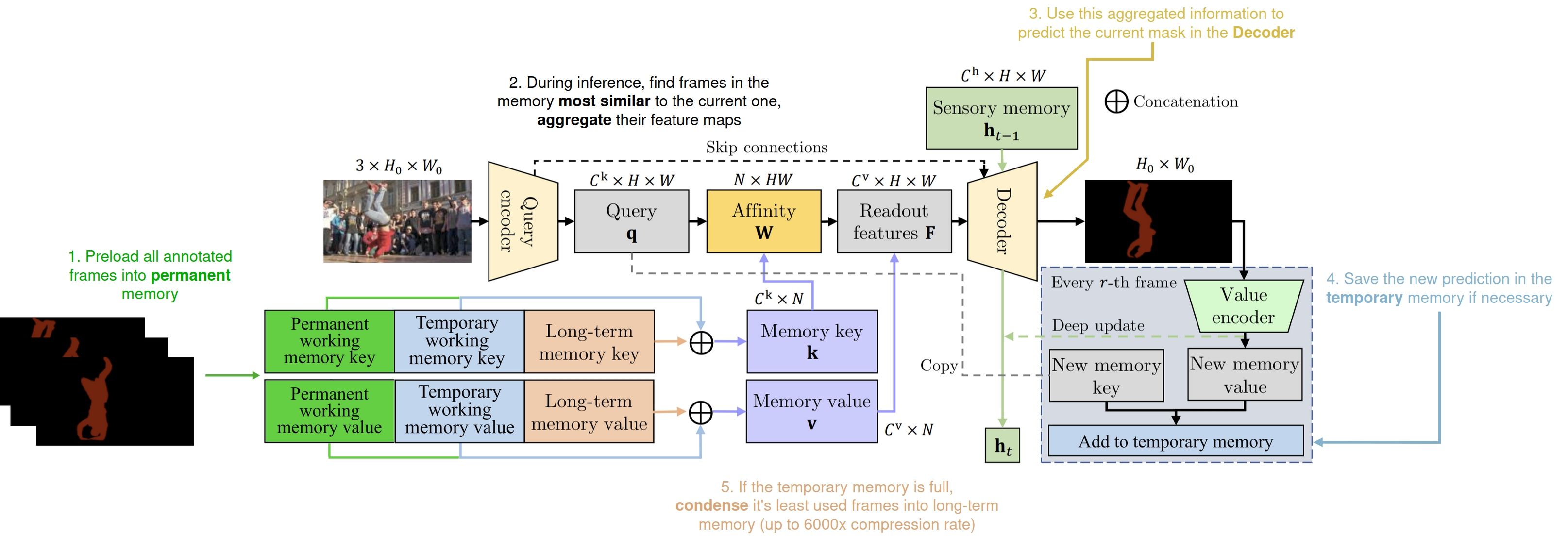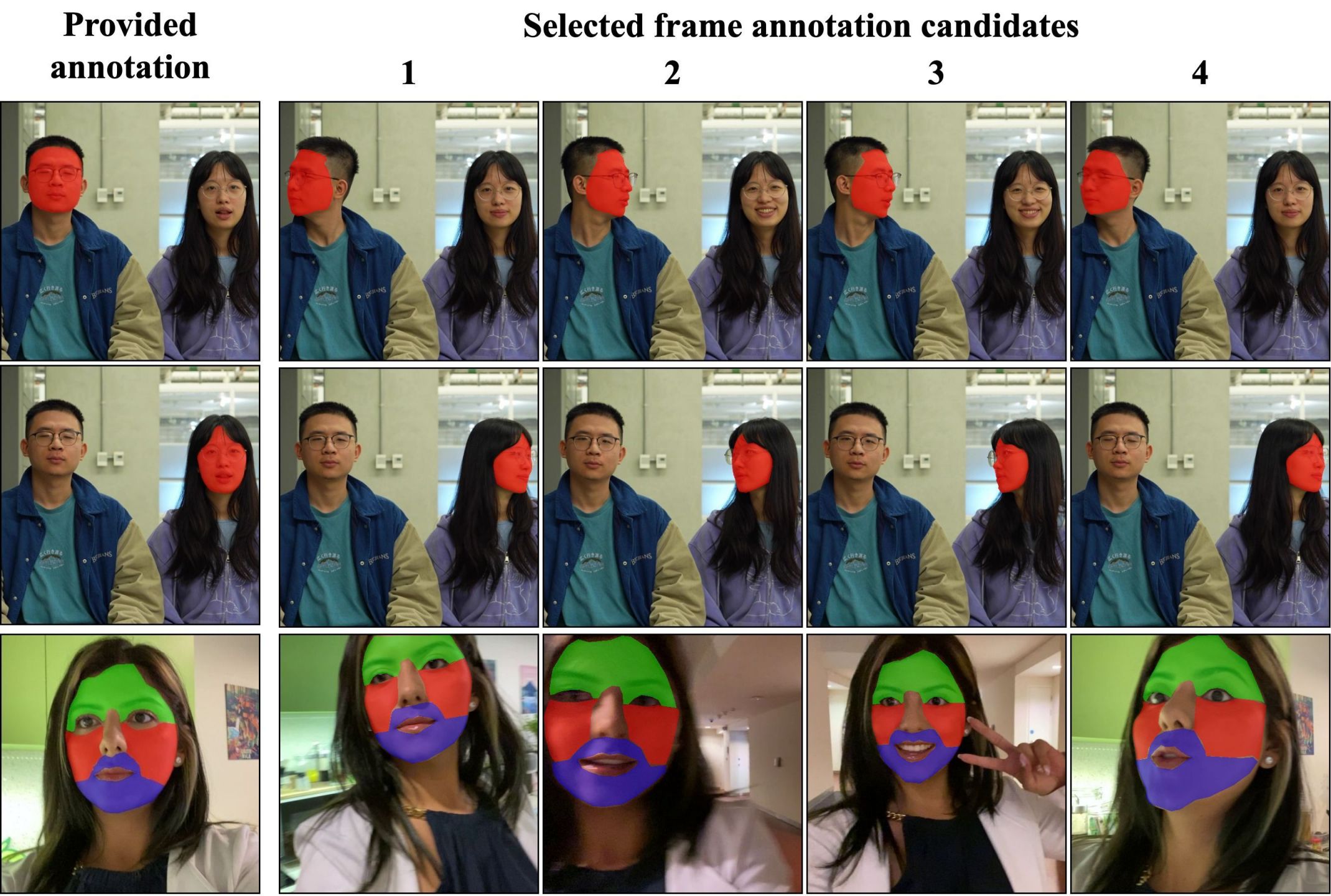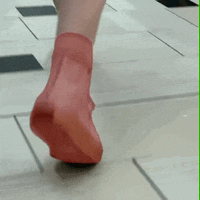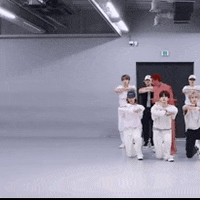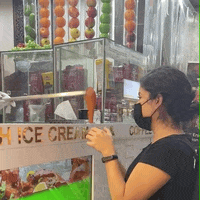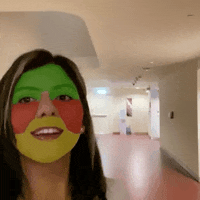XMem++ is a memory-based interactive segmentation model - this means it uses a set of reference frames/feature maps and their corresponding masks, either predicted or given as ground truth if available, to predict masks for new frames based on how similar they are to already processed frames with known segmentation.
Just like XMem, we use the two types of memory inspired by the Atkinson-Shiffrin human memory model - working memory and long-term memory. The first one stores recent convolutional feature maps with rich details, and the other - heavily compressed features for long-term dependencies across frames that are far apart in the video.
However, existing segmentation methods (XMem, TBD, AoT, DeAOT, STCN, etc.) that are using memory mechanisms to predict the segmentation mask for the current frame, typically process frames one by one, and thus suffer from a common issue - "jumps" in visual quality, when the new ground truth annotation is encountered in the video
